Street Rod: The Granddaddy of Car Culture Software

While the summer months are normally the perfect time to take a road trip, New York has mandated that any jaunts out of state require a 14-day quarantine upon return — and any location one might want to visit on a lark has a strong likelihood of being closed to visitors.
Seems like a lot of hassle with very little payoff for yours truly, so I’ve been escaping into old films and television shows before they’re cancelled for being offensive. Video games have also become a staple of the modern pandemic lifestyle and, if you read my review of the Ford Simulator franchise, you’ll recall that my tastes skew toward terrible, automotive-themed DOS programs from the late 1980s.
Today’s entry is actually pretty decent, however — or at least it would have been at the time of its release.
Before Gran Turismo (1997) allowed you to install performance modifications on branded vehicles and Car Mechanic Simulator (2018) encouraged us to virtually wrench every component one might realistically find on an automobile, we had California Dreams’ Street Rod from 1989.
Developed by Polish studio P.Z.Karen during the last gasps of the Cold War, the game is aimed squarely at the American market and fetishizes/spoofs the world of 1960s drag racing.
Graphically competent for the period, Street Rod throws you into the shoes of your average American with $750 in their pocket and a dream to become the best drag racer in town. Your garage starts empty, but vehicles can be purchased by thumbing through the paper, which often includes comical headlines that would have been particularly relevant to someone living in the 1980s. While some of the greatest secondhand steel ever to come out of Detroit is on offer here, the secret to winning this game is being financially responsible.
Blow your entire wad on the 1957 Chevrolet Bel Air without any residual cash for repairs and you’ll regret it.
This requires one to drop a few hundred bucks on a beat-to-death 1939 Pontiac that’s going to get dusted by everything that’s waiting for you at the local hangout. Here’s where the modifications come in. As luck would have it, the paper is also a treasure trove of useful vehicle components. Literally anything you might want to bolt on is available and can be procured within the same day — blame the town’s insanely dedicated car community.
You can swap out engines, carburetors, transmissions, throw on some new tires or even adjust the timing. It’s downright impressive for a 30-year-old game, and fun to screw around with until… you realize you don’t have enough money left over to do more than a handful of modifications. Just make sure you’ve saved enough bread to fill up the tank and bet with.
Hitting the strip basically entails a quick drive to the closest burger joint and waiting around for someone to give you a funny look. Named antagonists in much nicer cars will pull up and provide you with an opportunity to do some racing and it’s here where the experience begins to fall apart. Like every racing video game from this era, the programmers were still working out how to create a believable space in three dimensions while allowing you to navigate it using a keyboard. It was a lot to ask of everyone, whether they bought or made the game. Even still, other titles did it better than Street Rod.
That said, it remains fun to lay some down rubber next to a computer-controlled rival. And you can scoop up a fair bit of cash if you choose your victims carefully. Before long, you might even have built up your budgeted steed into something truly fearsome and customized to look the part. At this stage, you’ll probably find someone willing to race for pink slips and not everyone is willing to risk their ride. Some won’t even race you for money if they’re convinced your machine is superior, requiring you to pick opponents with more horsepower than sense.
While the road course is livelier than the strip of blacktop used for stoplight drags, the stakes are astronomically high. Go off the road and you just lost the race (and banged up your ride), forcing you to spring for repairs. But do so at high speed and it’s all over. The car’s totaled and you’re too mangled and poor to have any hope of returning to become lord of the night. Another major obstacle is the strong police presence in the area. Running from the cops typically elevates vintage racing games, but this bastard basically materializes at random and forfeits the race. While he can be evaded, most of the vehicles (and skills) you posses are insufficient for the task.
It’s usually better to pull over and let him write you a smaller ticket than he’d likely issue if you’d tried to flee. Still, if you just used your last stack to bet with, running is the only option. If the police catch you without the cash to pay the bribe fine, you’ll be sent to jail.
Street Rod is loaded with nostalgia and comes at you from two fronts. The DOS-era graphics are fantastic (especially if you’re playing in VGA) and will satisfy anyone who wasted some of their younger years in front of a monitor before it was commonplace. Meanwhile, the 1960s theme is a fun window into what the past thought of the past. It even has some of the least obnoxious music and sound effects to grace the built-in PC speaker of yesteryear. Sadly, this still means it’s absolutely grating after 30 seconds and needs to be shut off — though this problem can be remedied by playing the game’s successor.
Street Rod 2: The Next Generation (1991) is more of the same — just with vastly superior audio thanks to sound card integration and a much larger selection of vehicles from which to choose. This time around you’re on summer break in 1969 and totally disinterested in anything that doesn’t involve burning gasoline. Dating and a seasonal job would only distract you from achieving total street dominance before you have to go back to school in the fall.
While technically superior in every respect, Street Rod 2 does suffer from a less than forgiving driving experience. Drag racing remains peachy keen but the Mulholland Drive and Los Angeles River Basin courses are so treacherous that it seems insane the locals keep revisiting them. Mulholland is much too curvy and littered with debris (typical LA) for the muscle cars to tackle with any grace. Yet it is the safer route. The river seem intentionally designed to kill anybody who cannot perfectly thread the needle at 110 mph. Gruesome crashes, often involving rollovers and blood will be familiar sights otherwise. Those needing a respite from being sweaty, hunched over their keyboard, may want to sign up for Grudge Night where everyone competes at what we’ll assume is a NHRA-sanctioned event.
Were it not for the upgraded sound, it would definitely be the harder pill to swallow for the sake of nostalgia if you plan on playing seriously. You may start with more money in your pocket and a broader array of automobiles/modifications at your disposal, but just getting through the first night is a genuine achievement. My recommendation is to save often and remain confident that you’ll have figured out the formula after around 15 minutes of trial and error. During that time, you’ll be able to pick up on all the inaccuracies of either game — like how some of the stock engine options are totally wrong and several of the interior graphics are duplicated to save on disk space.
Those are necessary evils for something produced back when most computer games didn’t exceed a single megabyte. But they’re not deal breakers if you just want to check out another ancient digital oddity that incorporates real cars. The Street Rod franchise has a lot of character and will definitely scratch the itch of anybody with a penchant for vintage domestics and retro graphics.
Available on MS-DOS, Amiga, and Commodore 64, most people living today will probably have to emulate them — which is quite easy now that they’re both freeware. You can even play them for free in your web browser via vintage software archives. I absolutely recommend either if you need a brief escape from the world. They’re definitely dated to a point that they’re really more of a novelty than anything else, but they retain enough fun to put up on the pedestal next to the Test Drive series and enjoy for an hour or so.

A staunch consumer advocate tracking industry trends and regulation. Before joining TTAC, Matt spent a decade working for marketing and research firms based in NYC. Clients included several of the world’s largest automakers, global tire brands, and aftermarket part suppliers. Dissatisfied with the corporate world and resentful of having to wear suits everyday, he pivoted to writing about cars. Since then, that man has become an ardent supporter of the right-to-repair movement, been interviewed on the auto industry by national radio broadcasts, driven more rental cars than anyone ever should, participated in amateur rallying events, and received the requisite minimum training as sanctioned by the SCCA. Handy with a wrench, Matt grew up surrounded by Detroit auto workers and managed to get a pizza delivery job before he was legally eligible. He later found himself driving box trucks through Manhattan, guaranteeing future sympathy for actual truckers. He continues to conduct research pertaining to the automotive sector as an independent contractor and has since moved back to his native Michigan, closer to where the cars are born. A contrarian, Matt claims to prefer understeer — stating that front and all-wheel drive vehicles cater best to his driving style.
More by Matt Posky
Latest Car Reviews
Read moreLatest Product Reviews
Read moreRecent Comments
- EBFlex This doesn’t bode well for the real Mustang. When you start slapping meaningless sticker packages it usually means it’s not going to be around long.
- Rochester I recently test drove the Maverick and can confirm your pros & cons list. Spot on.
- ToolGuy TG likes price reductions.
- ToolGuy I could go for a Mustang with a Subaru powertrain. (Maybe some additional ground clearance.)
- ToolGuy Does Tim Healey care about TTAC? 😉

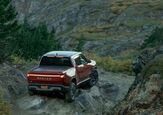

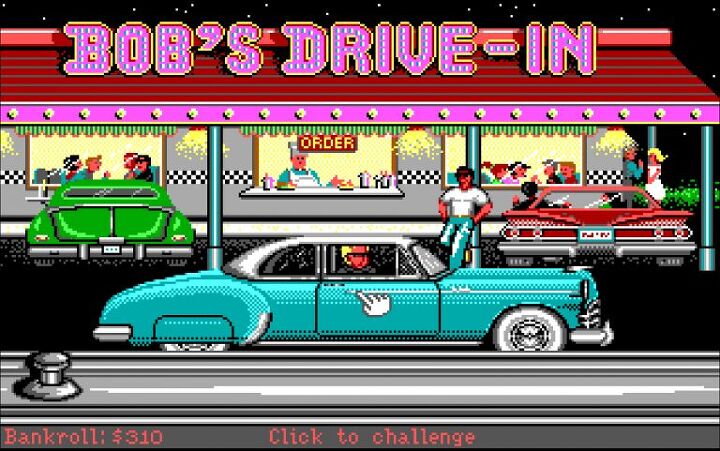




















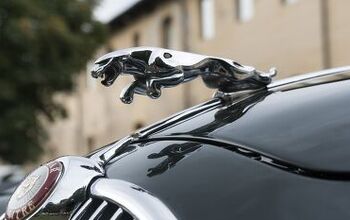
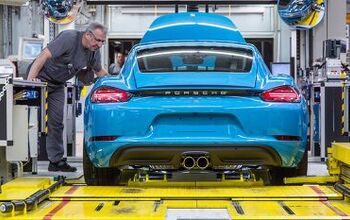
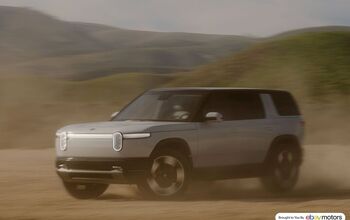






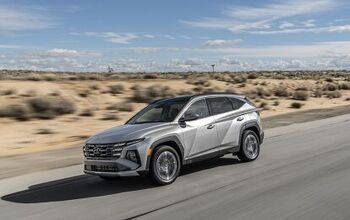
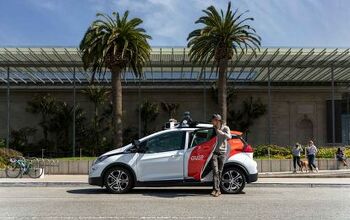

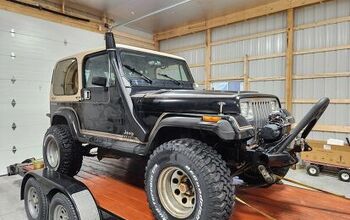

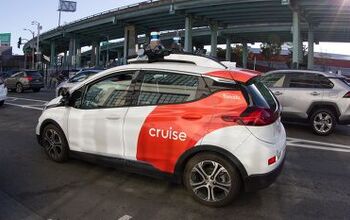

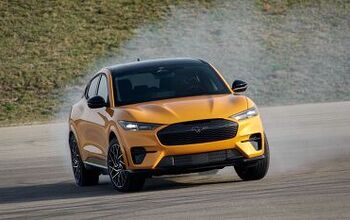
Comments
Join the conversation
"Before Gran Turismo (1997) allowed you to install performance modifications on branded vehicles and Car Mechanic Simulator (2018) encouraged us to virtually wrench every component one might realistically find on an automobile, we had California Dreams’ Street Rod from 1989." Car Mechanic Simulator is a modern take on Gearhead Garage, which came out in 1999. Snap-On actually sponsored a version, which I had. As of about ten years ago there were still a ton of terrific user-made add on cars.
Hearing about this makes me miss Car Town.